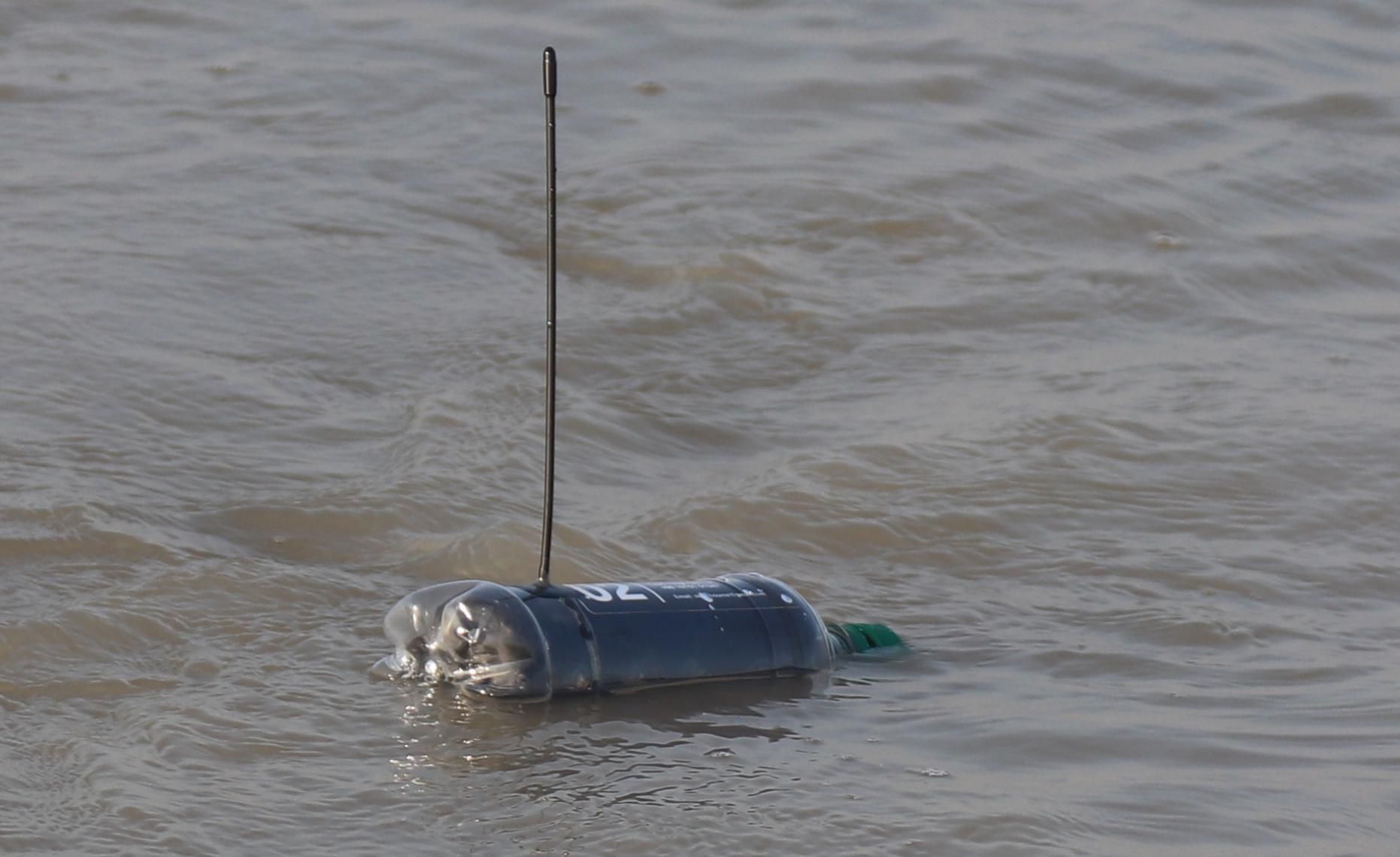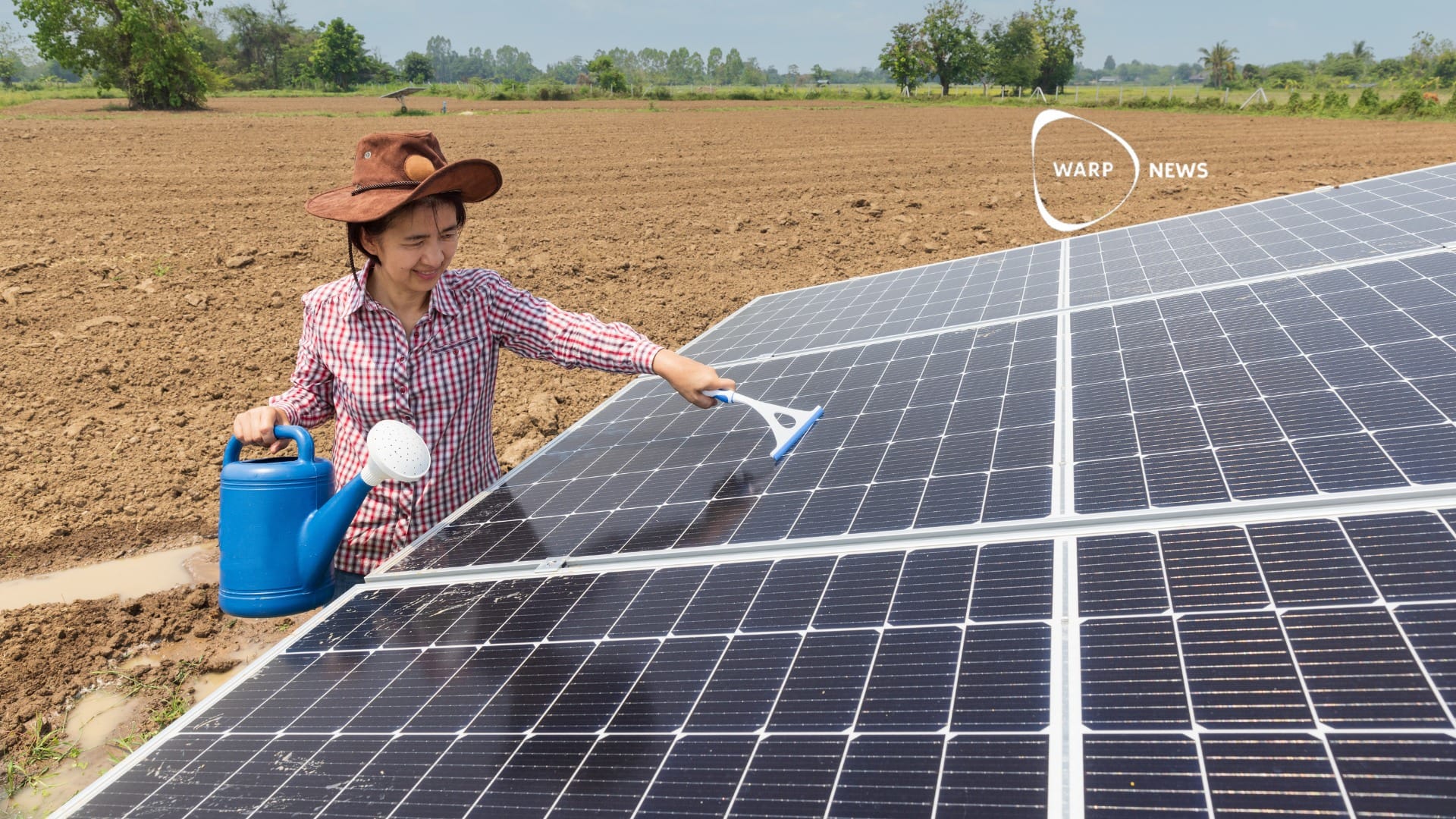
🗺 Electronic “message in a bottle” will help scientists map plastic waste
To get more information about how plastic waste drifts and accumulates at sea, researchers use plastic bottles with GPS and satellite transmitters.
Share this story!
Picture: University of Exeter via Forskning & Framsteg.
Every year the plastic pollution of our oceans magnifies by 8 million ton of new waste. Lack of knowledge about where the plastic pollutants come from, and how the garbage moves, has inspired a research project between several countries. With more information, it is easier to predict how the garbage will drift at sea and where it will accumulate.
Researchers from the USA, Bangladesh and England have developed a method to gain access to more detailed data on how individual plastic objects move in the waterways and oceans of the world. There are oceanographic models that provide clues, but there has been a lack of methods for detailed data on where plastic debris goes, writes the Swedish magazine Forskning & framsteg.
The researchers designed plastic bottles with the same properties as PET bottles (shape, size, buoyancy). GPS and satellite transmitters were installed in the bottles. The electronic bottle mail was thrown into the water of the river Ganges and at the Bay of Bengal. When the bottles had started their journeys, the research team used GIS technology (geographic information system, digital maps) to compile the information.
Emily Duncan is a postdoctoral conservation scientist at the University of Exeter in England. She is the lead author of the new study and says:
“I was surprised at how far the bottles could travel in a relatively short time. Those who moved far floated away almost 3,000 kilometers. It really shows that this is a global problem."
The technology developed by the research team is open source, which means that it is free for anyone to use and modify. Several studies are underway and the technology is planned to be used on several types of plastic waste.
Clarifying data that support solutions through global cooperation - since this is an environmental problem that sees no geographic borders - may accelerate a brighter future for our oceans.
By becoming a premium supporter, you help in the creation and sharing of fact-based optimistic news all over the world.


